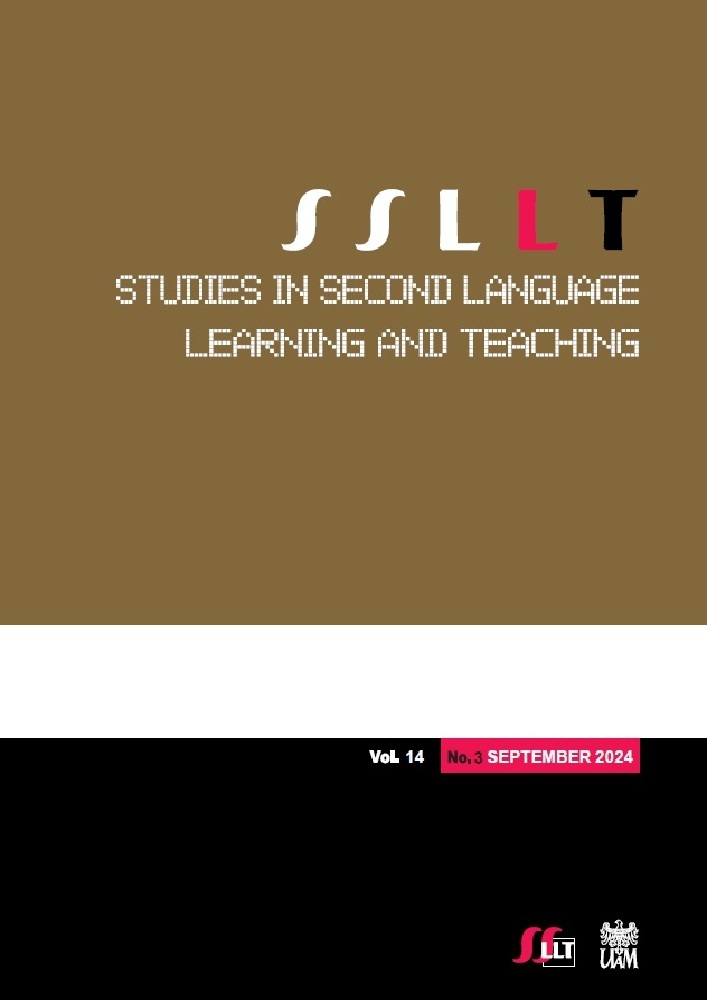A network approach to language learning burnout, negative emotions, and maladaptive emotion regulation strategies
A network approach to language learning burnout, negative emotions, and maladaptive emotion regulation strategies
Author(s): Yabing Wang, Na Wang, Bin ShenSubject(s): Foreign languages learning, Sociology of Education, Pedagogy
Published by: Uniwersytet im. Adama Mickiewicza w Poznaniu
Keywords: network approach; L2 burnout; negative emotions; maladaptive emotion regulation strategies;
Summary/Abstract: Despite the growing recognition of the impact of affective factors on sec- ond/foreign language (L2) learning, there remains a paucity of knowledge re- garding academic burnout in L2 learning. Moreover, the intricate interplay between L2 burnout, maladaptive emotion regulation strategies, and nega- tive L2 emotions remains inadequately explored. Given the increasing ac- knowledgment of network analysis as an advanced and appropriate method for unraveling the complex relationships among psychological constructs in applied linguistics, the current study aimed to investigate the network struc- ture of burnout, maladaptive emotion regulation strategies, and negativeemotions among 841 Chinese undergraduates who were learning English as a foreign language (EFL). The results of the network analysis revealed that shame, emotional exhaustion, and avoidance emerged as the most central nodes within negative emotions, burnout, and maladaptive emotion regula- tion strategies, respectively; shame, emotional exhaustion, and avoidance were also the most powerful bridging nodes linking the aforementioned three constructs. Notably, the robust bridging association between emotional ex- haustion and anxiety was observed. Overall, Chinese EFL students may expe- rience high levels of burnout and negative emotions and apply counter-pro- ductive regulation strategies in English learning, but these reactions are inter- twined rather than independent of each other. Students who are over- whelmed by anxiety and shame are more prone to burnout symptoms, while those dominated by anger are more likely to vent it out. Theoretical and ped- agogical implications are discussed.
Journal: Studies in Second Language Learning and Teaching
- Issue Year: 14/2024
- Issue No: 3
- Page Range: 421-451
- Page Count: 31
- Language: English

